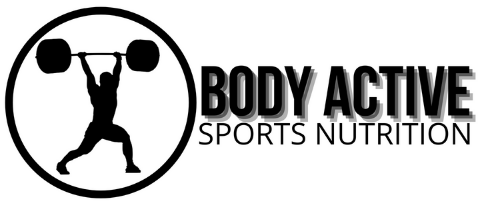When it comes to cheese, protein content varies by type, but some stand out for their higher levels of cheese whey protein. This fast-digesting protein is more common in fresh or minimally processed cheeses, depending on the milk used and how the cheese is made. While most cheeses are rich in casein, another milk protein, certain varieties also retain more whey protein due to how they’re produced. Here’s a closer look at some cheeses that may have higher levels of whey protein:
1. Ricotta Cheese
Ricotta cheese stands out as one of the cheeses with higher levels of whey protein. It’s made using leftover whey from other cheese-making processes, such as mozzarella or provolone. Ricotta has a creamy texture and mild flavor, making it a versatile ingredient in both sweet and savory dishes. A half-cup serving typically contains about 14 grams of protein, with a good portion coming from whey protein.
2. Cottage Cheese
Cottage cheese also retains more whey compared to other cheese types. Producers curdle milk with an acid, then drain off the whey, leaving the curds. Although it primarily contains casein, it still has traces of whey protein due to this process. Cottage cheese provides about 14 grams of protein per half-cup serving, making it a favorite among those looking for a high-protein food.
3. Mozzarella Cheese
Mozzarella cheese, especially when fresh, contains more whey protein than aged varieties. During production, curds are stretched in hot whey, helping to preserve some whey protein in the final product. While it’s lower in total protein than ricotta or cottage cheese, fresh mozzarella still offers some whey protein and a smooth, delicate texture.
4. Quark Cheese
Quark cheese is a soft, fresh cheese popular in Central and Eastern Europe. It’s made by heating soured milk until it curdles, then filtering the mixture. The result is a cheese similar in texture and nutrition to cottage cheese. A half-cup serving provides about 14–15 grams of protein. Thanks to its production method, quark retains some whey protein and fits well into both sweet and savory meals.
Factors Affecting Whey Protein Content in Cheese
Several factors influence how much whey protein remains in cheese. While casein remains the dominant protein in most types, some cheeses go through processes that help retain more whey. For example, ricotta and cottage cheese involve less separation and aging, which keeps more whey in the final product. Fresh cheeses or those made directly from whey typically have more whey protein than aged varieties.
Whey Protein Comparison of Featured Cheeses
| Cheese | Total Protein (per ½ cup) | Whey Protein Content | Texture | Made From Whey? | Notes |
|---|
| Ricotta | ~14g | High | Creamy | ✅ Yes | Made directly from leftover whey |
| Cottage Cheese | ~14g | Moderate | Curd-like | ❌ No | Retains some whey from curdling |
| Mozzarella | ~6–7g | Low to Moderate | Soft/stretchy | ❌ No | Some whey retained when fresh |
| Quark | ~14–15g | Moderate | Soft/spreadable | ❌ No | Whey retained through processing |
Conclusion
Although whey protein isn’t the main protein in most cheeses, some varieties—including ricotta, cottage cheese, mozzarella, and quark—do contain notable amounts. Their production methods help preserve more whey, giving them a unique nutritional profile. These cheeses are not only good sources of protein but also versatile and flavorful additions to a healthy diet. Whether you’re increasing your protein intake or just love creamy textures, these cheeses make a nutritious and delicious choice.

